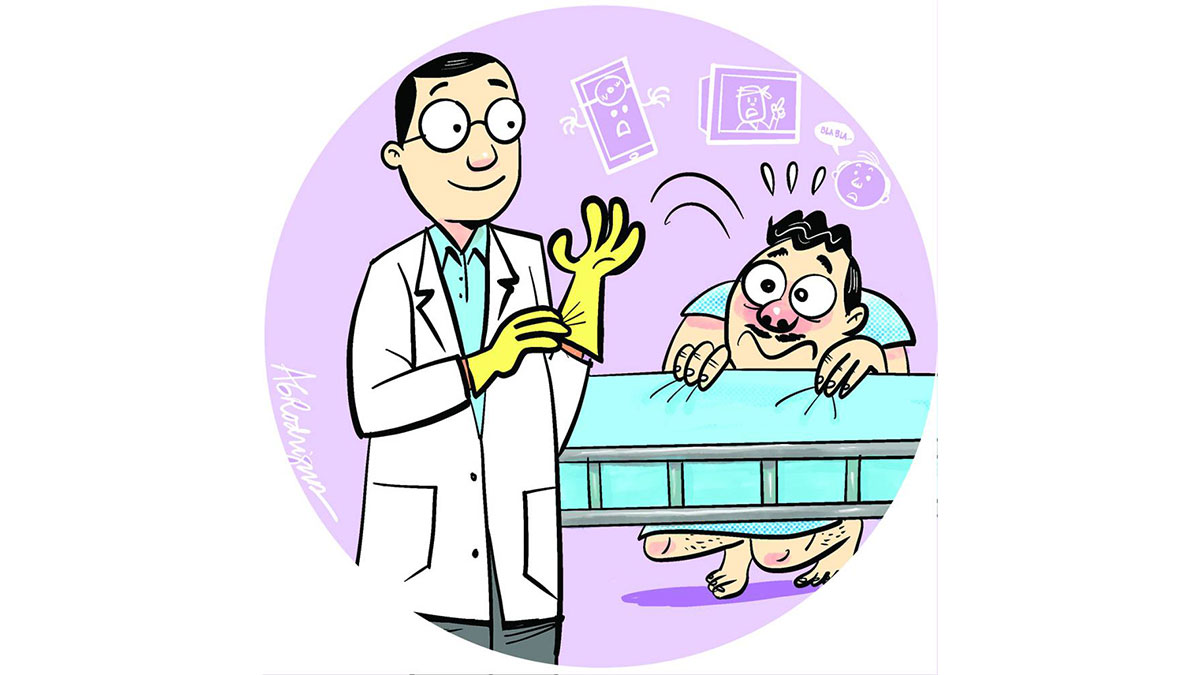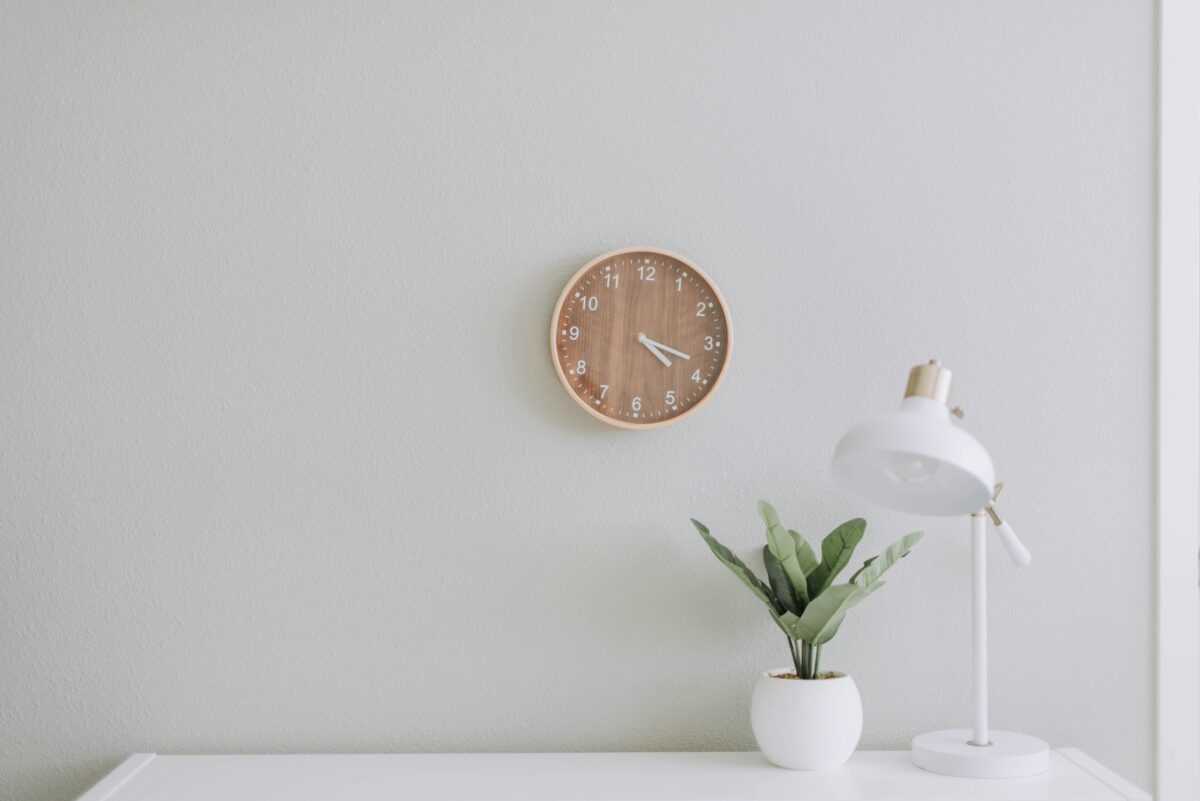Last week, I had the privilege to chair one of the plenary sessions at the annual convention of the European Society of Hypertension in Barcelona, Spain.
The session discussed the challenges in the diagnosis and management of hypertension and its related complications.
Among the renowned speakers was professor Gianfranco Parati from the Department of Clinical Medicine and Prevention of the University of Milano-Bicocca in Milan, Italy.
One of the topics Parati tackled was the importance of an accurate blood pressure (BP) monitoring to assess a patient’s BP status and his or her response to treatment.
If a doctor’s treatment decisions rely solely on the BP readings of the patient taken in the clinic, he might be misguided in many instances.
24-hour monitoring
Ideally, a 24-hour ambulatory BP monitoring (24ABPM) is requested by the physician in which the patient is made to wear a BP-measuring device which takes several BP readings every hour for 24 hours, especially during waking hours.
Through the 24ABPM readings, the doctor gets to know the daytime and the nighttime BP of the patient. The BP and heart rate normally dip at night when one sleeps.
Those who don’t show a normal dipping pattern or have a blunt dip are at higher risk of strokes, heart attacks and other cardiovascular complications. They’re called “nondippers.”
The 24ABPM also rules out the so-called “white coat” hypertension (WCH) in which an exaggerated BP elevation is noted when the BP is taken in the presence of the doctor in the clinic.
Some jokingly refer to it as the PF-induced hypertension, as a result of the anxiety the patient experiences worrying about the doctor’s PF or professional fee. This is, of course, not true.
A 24ABPM also rules out “masked hypertension” (MH), which is quite the opposite of WCH. In MH, the BP readings in the clinic are normal or at most high normal, yet the BP pattern is quite labile and uncontrolled at other times.
So, ideally, a 24ABPM can guide the doctor on how hypertensive patients, especially problematic cases, could be managed better.
But in a low-resource setting, in which a 24ABPM could not be done due to financial constraints (because it’s generally an out-of-pocket expense for the patient), the next best thing to do is ask the patient to monitor his/her BP at home.
Home BP monitoring is now more frequently done for confirmation of one’s BP status and response to antihypertensive treatment.
There are now relatively affordable automated BP monitoring devices available in the local market such as the Omron brand. I suggest that we buy only automated BP devices that have been validated by expert groups such as the Philippine Society of Hypertension.
Most hypertension guidelines published by hypertension experts in Europe, the US and other research-oriented countries acknowledge the advantages of home BP over conventional office or clinic BP measurement.
I put greater weight on the home BP monitoring of the patient so long as I’m confident it was properly done.
An important advantage of home BP monitoring, as emphasized by Parati and his group, is that several readings could be taken at various times with the patient doing his/her usual daily activities. So it’s a more accurate reflection of one’s “real-life” BP status.
For clinical decisions, like adjusting or revising one’s antihypertensive meds, Parati and other experts recommend that the average value of a number of home BP measurements should be used.
In one of the guidelines he co-authored, it was proposed that an average of measurements should be determined for at least seven days before each doctor visit or follow-up.
The home BP readings should consist of two in the morning before taking one’s prescribed drug for high BP, and another two readings in the evening. The BP readings on the first day are discarded because they’re usually higher and less stable.
Home BP monitoring is a form of patient empowerment to get the patient involved in the treatment of high BP. But with this self-obtained information, can the patient be allowed to make some adjustments in his/her drug regimen?
Unfortunately not! There are many factors that need to be considered in the titration of one’s BP meds and it’s in the best interest of the patient that medicine adjustment be done under his/her doctor’s supervision.













































